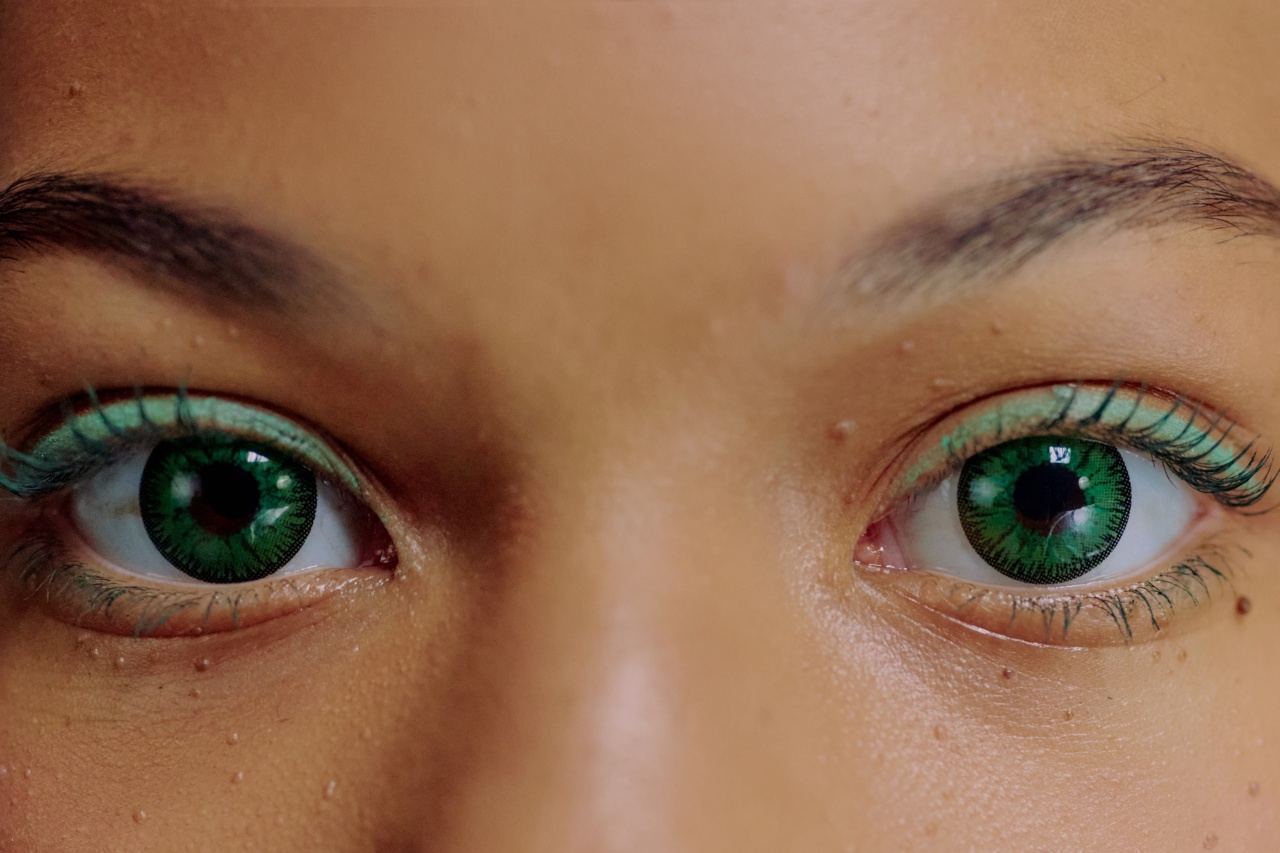Millions of people around the world rely on contact lenses as an effective method of vision correction. This popular alternative to traditional eyeglasses offers convenience, improved aesthetics, and enhanced visual acuity.
However, concerns about the potential harm to the eyes have been raised in recent years. In this article, we will explore the safety of contact lenses and whether they pose any risks to eye health.
The basics of contact lenses
Contact lenses are thin, curved lenses that are placed directly on the surface of the eye. They can correct various vision problems, including nearsightedness, farsightedness, astigmatism, and presbyopia.
These lenses are typically made of high-quality materials, such as silicone hydrogel or soft hydrogel, which allow oxygen to pass through to the cornea.
There are two main types of contact lenses: soft lenses and rigid gas permeable (RGP) lenses. Soft lenses, as the name suggests, are made of flexible materials that conform to the shape of the eye.
They are comfortable to wear and provide excellent vision correction. On the other hand, RGP lenses are made of a firm and durable material that allows for better oxygen transmission. They are typically used for more complex vision conditions.
Advantages of contact lenses
Contact lenses offer several advantages over traditional eyeglasses, making them a popular choice for many individuals:.
- Improved cosmetic appearance: Contact lenses are virtually invisible when worn, offering a more natural look compared to eyeglasses that can sometimes hide or partially cover the eyes.
- Enhanced peripheral vision: Unlike eyeglasses, contact lenses move with the eye, providing a wider field of view and better peripheral vision.
- No fogging or reflections: Contact lenses do not fog up due to temperature changes or create reflections that may impair vision, making them ideal for outdoor activities or sports.
- Flexibility and convenience: Contact lenses allow for greater flexibility in activities, such as playing sports or engaging in outdoor pursuits, without the hassle or limitations of wearing eyeglasses.
- Variety of options: With contact lenses, individuals have the choice of daily disposables, bi-weekly or monthly disposables, and lenses for extended wear.
Potential risks and precautions
While contact lenses offer numerous benefits, it is important to be aware of potential risks and take precautions to ensure eye health. Here are some factors to consider:.
- Poor hygiene: Lack of proper hygiene, such as failure to wash hands before handling contact lenses, can lead to eye infections. It is crucial to follow hygiene guidelines provided by eye care professionals.
- Improper lens care: Failing to clean, disinfect, and store contact lenses properly can also result in eye infections. Using expired or contaminated contact lens solutions contributes to this risk.
- Extended wear: Some individuals opt for extended wear lenses, which can be worn overnight. However, prolonged use of lenses without removing them can increase the risk of corneal ulcers and infections.
- Dryness and discomfort: Contact lenses may cause dryness and discomfort, especially in individuals with dry eye syndrome. Using lubricating eye drops recommended by an eye care professional can alleviate these symptoms.
- Allergic reactions: Certain individuals may develop allergies to contact lens materials or cleaning solutions, resulting in redness, itching, or watery eyes. In such cases, switching to hypoallergenic options is necessary.
Contact lens safety guidelines
To ensure the safe use of contact lenses and minimize the risks associated with their use, it is essential to follow these safety guidelines:.
- Regular eye exams: Schedule regular comprehensive eye exams with an eye care professional to monitor the health of your eyes and evaluate the suitability of your contact lenses.
- Proper hygiene: Always wash your hands with soap and water before handling contact lenses. Avoid using moisturizing soaps, as they can leave a film on lens surfaces.
- Strict lens care routine: Clean, disinfect, and store your contact lenses as advised by your eye care professional. Replace contact lens cases regularly and never reuse old cleaning solution.
- Follow wearing schedule: Adhere to the recommended wearing schedule for your specific type of contact lenses. Avoid wearing lenses for longer than advised, especially if they are not designed for extended wear.
- Avoid sleeping with lenses: Unless specifically approved for extended wear, avoid wearing contact lenses while sleeping to reduce the risk of serious eye complications.
Conclusion
When used correctly and with proper precautions, contact lenses are generally safe and provide numerous benefits for individuals with vision problems.
However, maintaining good hygiene, following lens care guidelines, and adhering to wearing schedules are crucial to minimize the risks associated with wearing contact lenses. Regular eye exams and consultations with eye care professionals are essential to monitor eye health and ensure the suitability of contact lenses.



























